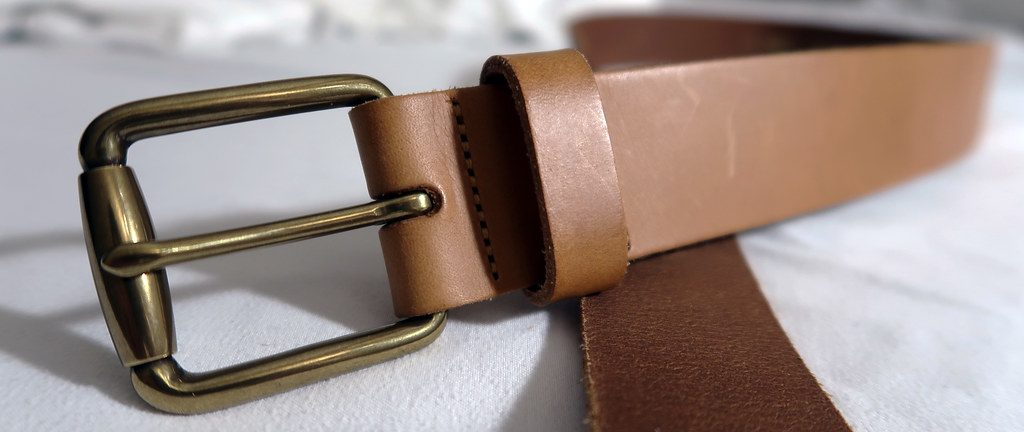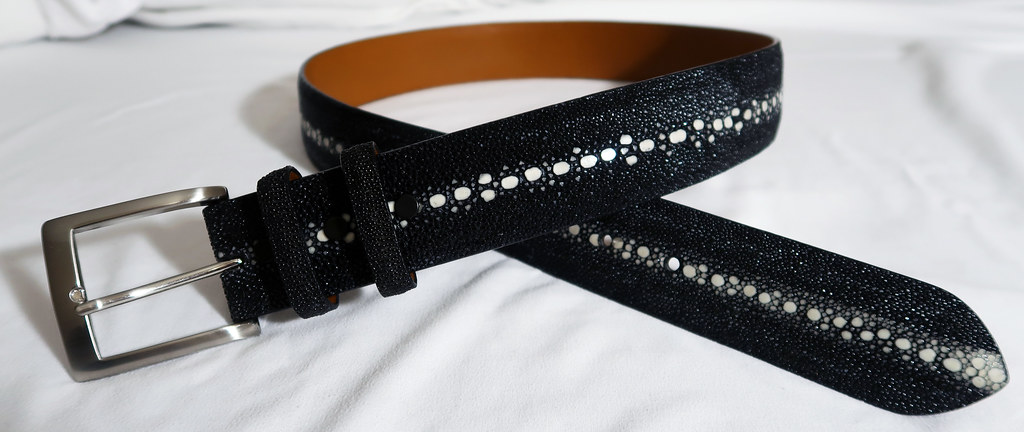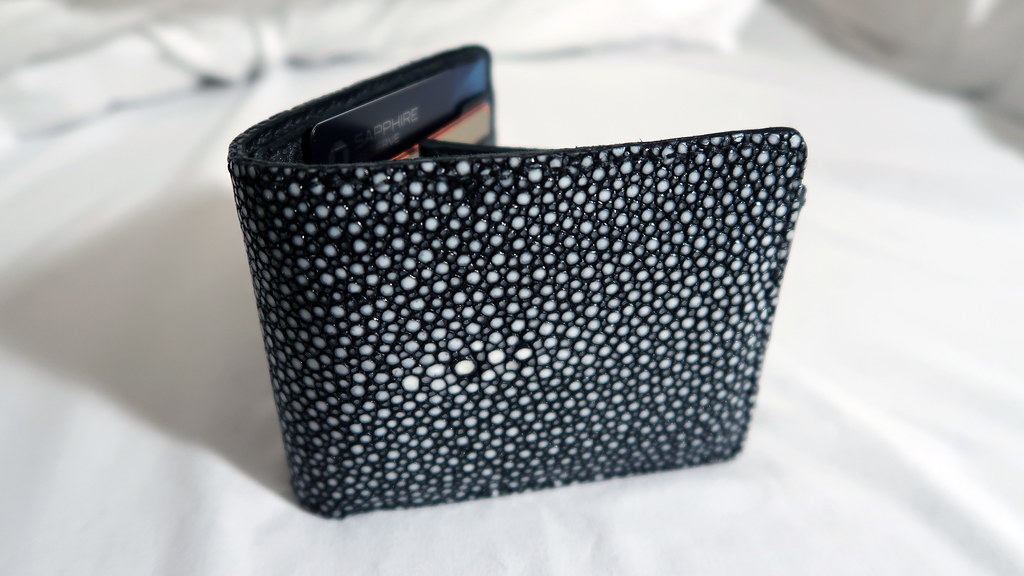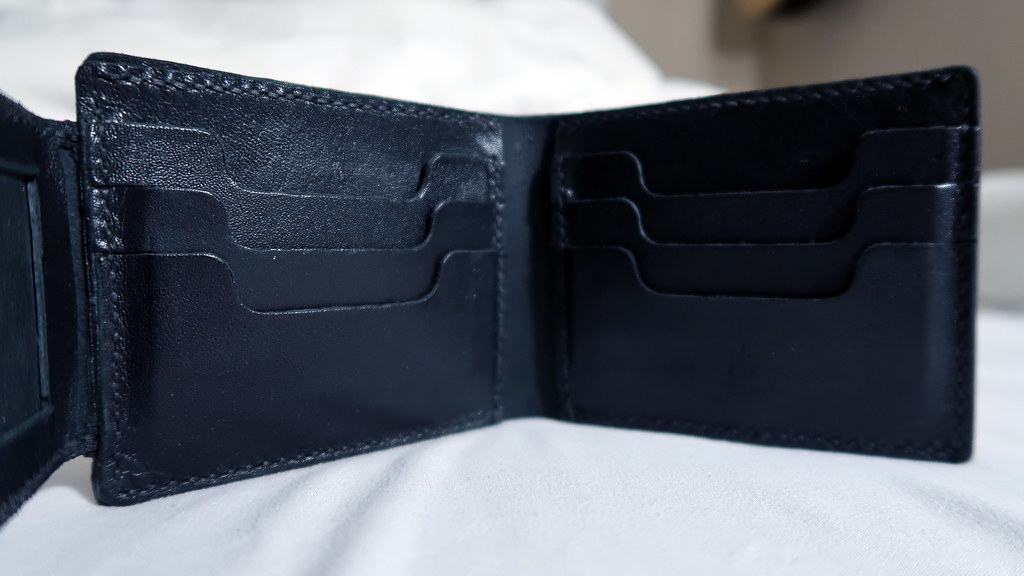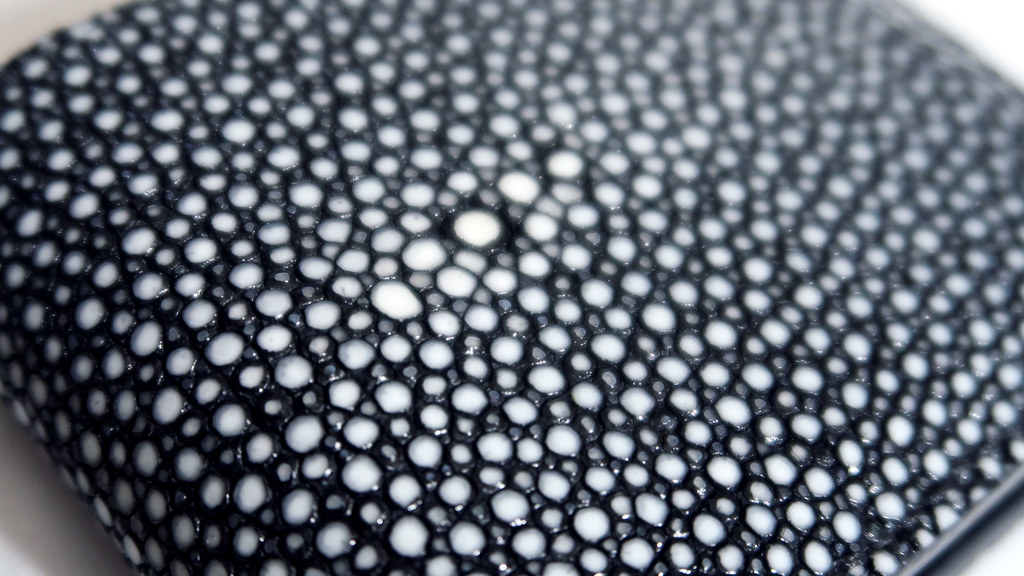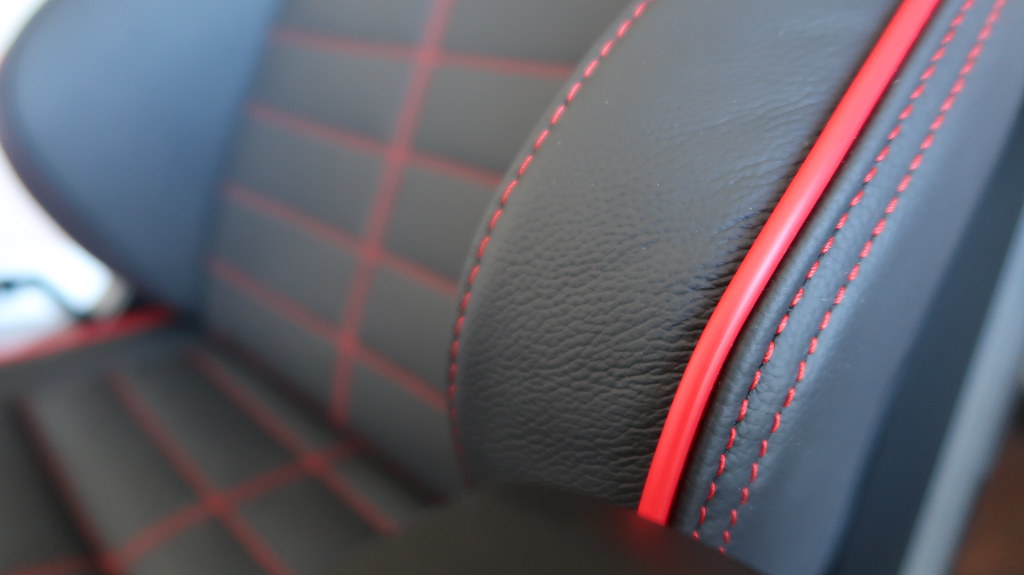If you’re relatively new here, you might not know that I’m a bit of a leather goods enthusiast. I have a category on my blog dedicated to leather, and I like to review the various leather-made goods I buy. To be clear, I do not like designer leather goods; instead, I seek out independent leatherworkers so I can support smaller businesses without having to pay the upcharge for the brand name.
One of the leatherworkers I’ve been purchasing belts from for a few years now is Jacob Hill Leather Co. from Belmont, North Carolina. It’s been a while since I’ve gotten a new belt—not since before the pandemic, in fact—so I figured I would do some leisurely browsing to see if anything caught my eye.
Jacob Hill Leather has a limited-edition white lightning American bison collection, and one of the items was a belt.
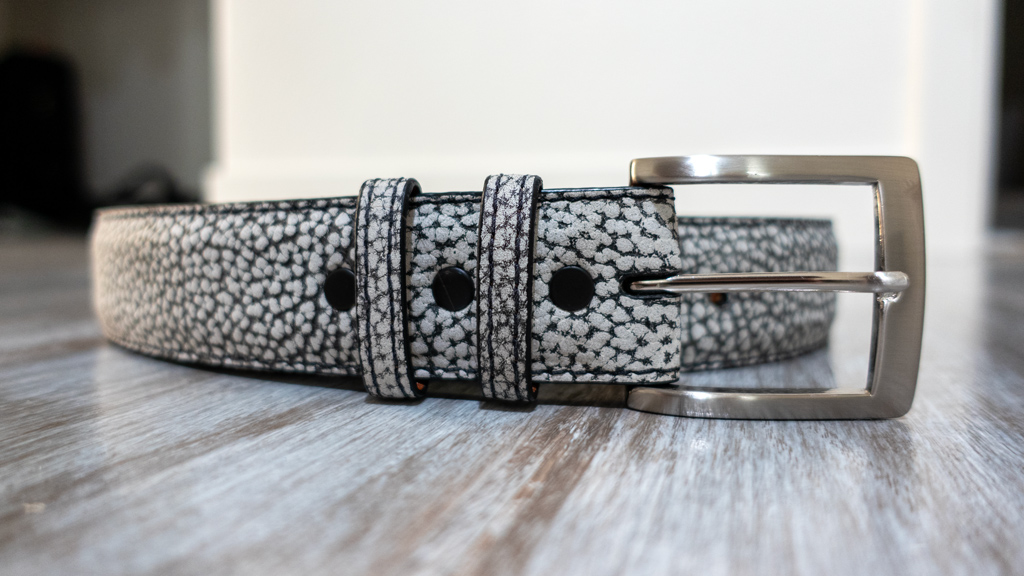
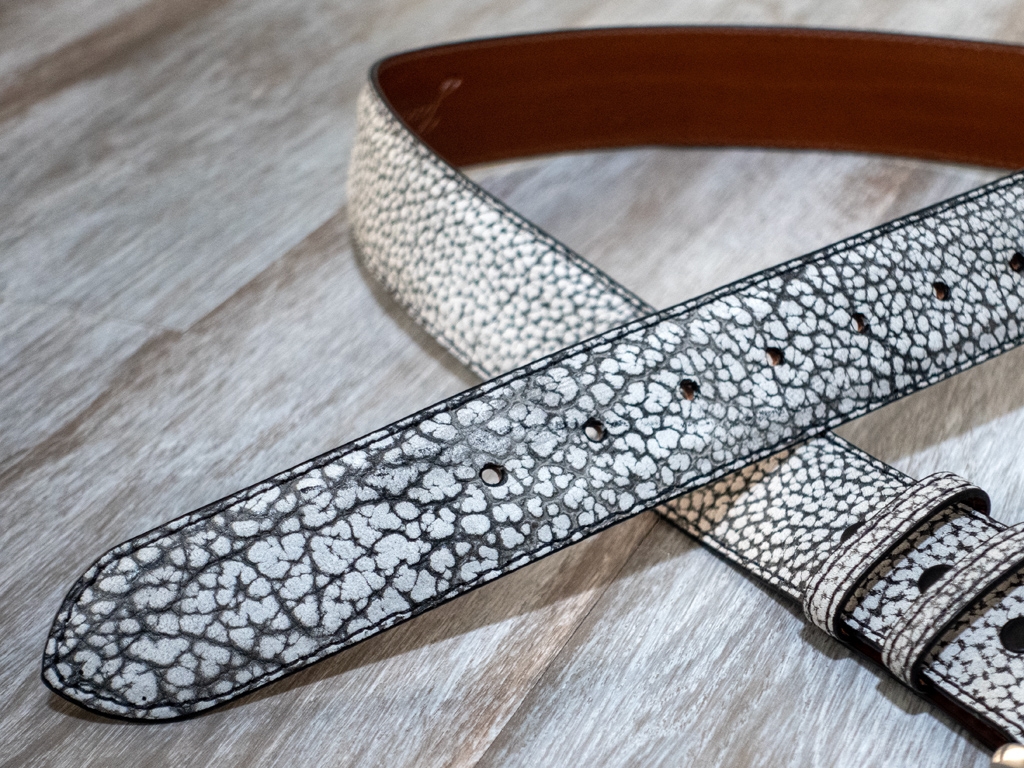
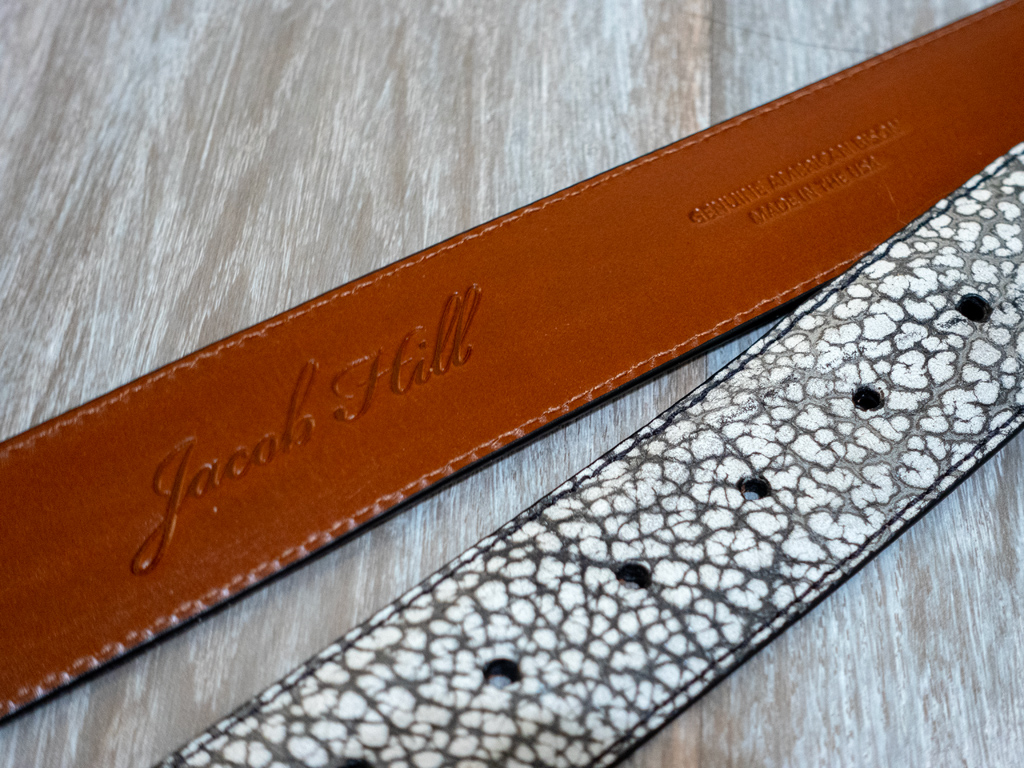
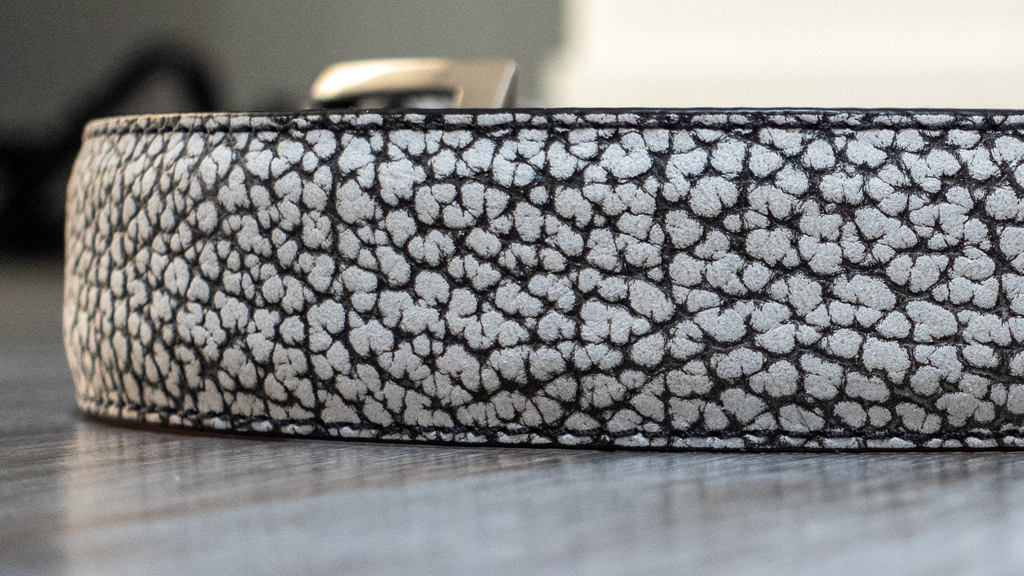
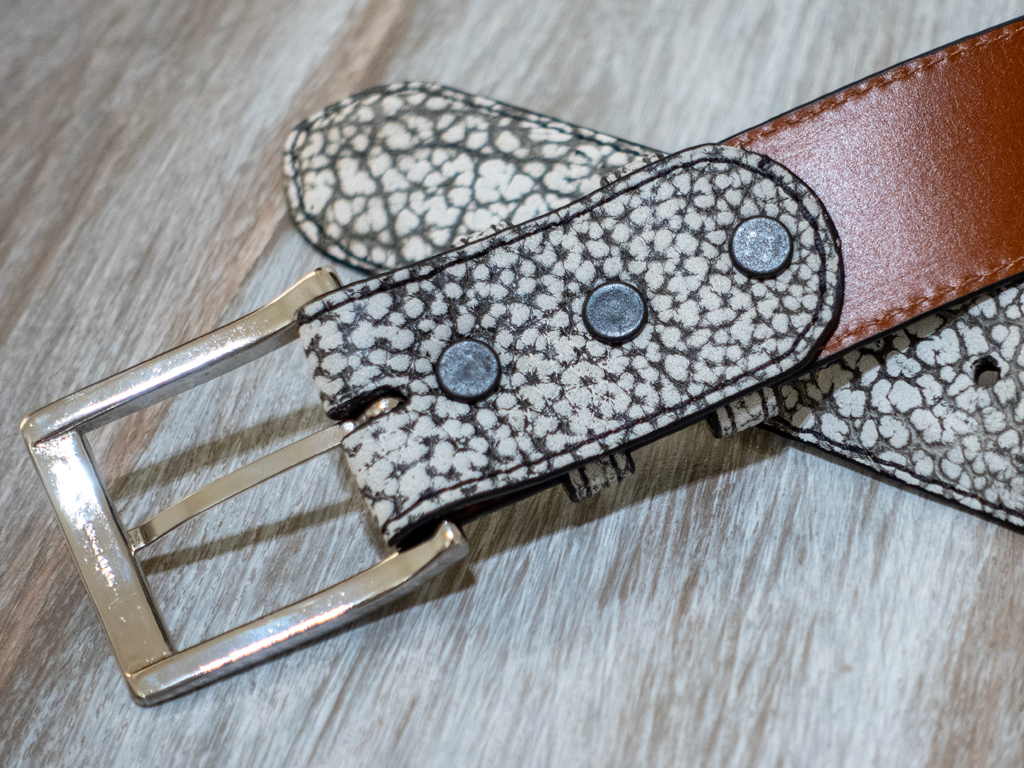
The total I paid for the product plus shipping is US$204.31, which is considerably lower than some of my other belts. Overall, I’m decently satisfied with the purchase. This is my first leather good made out of bison, and previously, I thought that bison was similar to cowhide in its texture. I was pleasantly surprised when this American bison belt arrived and it had a much more lumpy, unique, and interesting texture.
The website advertised this belt as having a special black matte buckle, but mine arrived with the standard chrome one. This has sort of been a recurring theme for me with Jacob Hill Leather—albeit minor, there is always some sort of issue with my belts.
For my white smoke hornback saltwater crocodile belt, the length of the belt was shorter than what I ordered, and I was missing the standard buckle (I purchased an extra buckle on the side as a separate item, and they instead replaced the belt’s standard buckle with the extra one instead of giving me both). For my Indonesian stingray rowstone belt, the holes were punched in a way that some of the rowstones were shattered instead of being cleanly cut, and the hardware holding the belt loops in place arrived already stripped of paint.
So why do I keep ordering from them? The issues are generally so minor that it doesn’t materially affect my appreciation of the final product, and most importantly, this is the best value-to-price ratio I’ve seen in leather belts. Even considering the errors, the price is just too good to pass up—the next leatherworker I’ve seen with this level of craftsmanship and leather quality is at least one-and-a-half to two times the price.
Like usual, I don’t want to go overboard on buying leather goods because I can very easily go overboard, so I’ll probably go on a shopping cooldown for a bit, but I’m looking forward to seeing what Jacob Hill’s next special edition or limited release product is going to be.
Note: I was not compensated in any manner for this review and do not plan to accept any compensation offers after-the-fact. Jacob Hill Leather was not provided with an opportunity to read or revise this blog post prior to publication.






